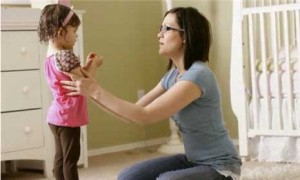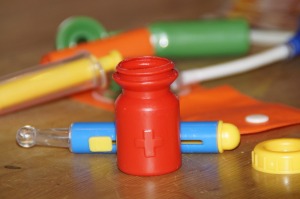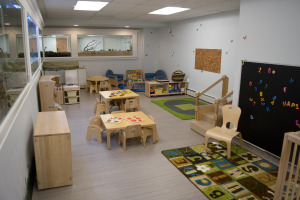These days, kids have a variety of allergies or food sensitivities which can make bringing in a treat for the whole class challenging. Nut allergies are big on the list. Here are some nut-free snack options the kids will love and nobody will miss the nuts. In fact, they’ll go nuts over them!
Banana Crème Roll-ups
Kids love finger foods and these banana crème roll-ups are so simple to make and share. Simply take a small whole wheat or white flour tortilla, spread a thin layer of sour cream or cream cheese all over it, sprinkle with cinnamon and a dash of sugar and lay out thin slices of banana across the center. Roll up, slice in half, and you’ve got a fun and healthy treat that’s nut-free. You can try variations such as adding raisins, chocolate chips, or strawberry jam. The class will go bananas over this easy-to-eat delight.
Savory “Ants on a Log”
The original “ants on a log” uses peanut butter, which is a no-no for our nut-free snack list. So how about something savory? Take some celery stalks and fill the middles with hummus spread or cream cheese. You can even experiment with other bean dips too. Top that with some herbs and spices, diced up veggies, or crushed pretzels. The kids will devour these at snack time, and they’ll be getting a healthy veggie snack you’ll feel good about. Get ready to crunch!
Applesauce “Sundaes”
Applesauce, especially the kind in the individual cups, is easy to transport and is just the right size for little mouths. You can make the healthy treat even more fun with a variety of tasty toppings the kids can put on themselves. Place out bowls of toppings such as raisins, dry cereal, marshmallows, chocolate chips, and cinnamon sugar. The kids will feel like it’s an ice cream parlor, but with the new twist of applesauce instead of ice cream. Experiment with new toppings every time and the kids will love trying new combinations.
Homemade Frozen Fruit Pops
Kids love something cool, but lots of store-bought ice pops are full of sugar. Try making your own in an ice cube tray. Fill each section with some natural fruit juice of your choice, and inside each one, drop a few blueberries or chopped up strawberries. You can also try making a fruit puree in the blender and freezing that in the tray. Simply use a sturdy toothpick or small wooden stick for the kids to be able to hold the treat. Stick that in when the pop is about halfway frozen so it stays upright. Nearly every fruit works, and the kids will enjoy the variety of chilled popsicles.
What are your kids’ favorite nut-free treats? Let us know! For more fun articles like this, visit All My Children daycare.
By: Melissa A. Kay








